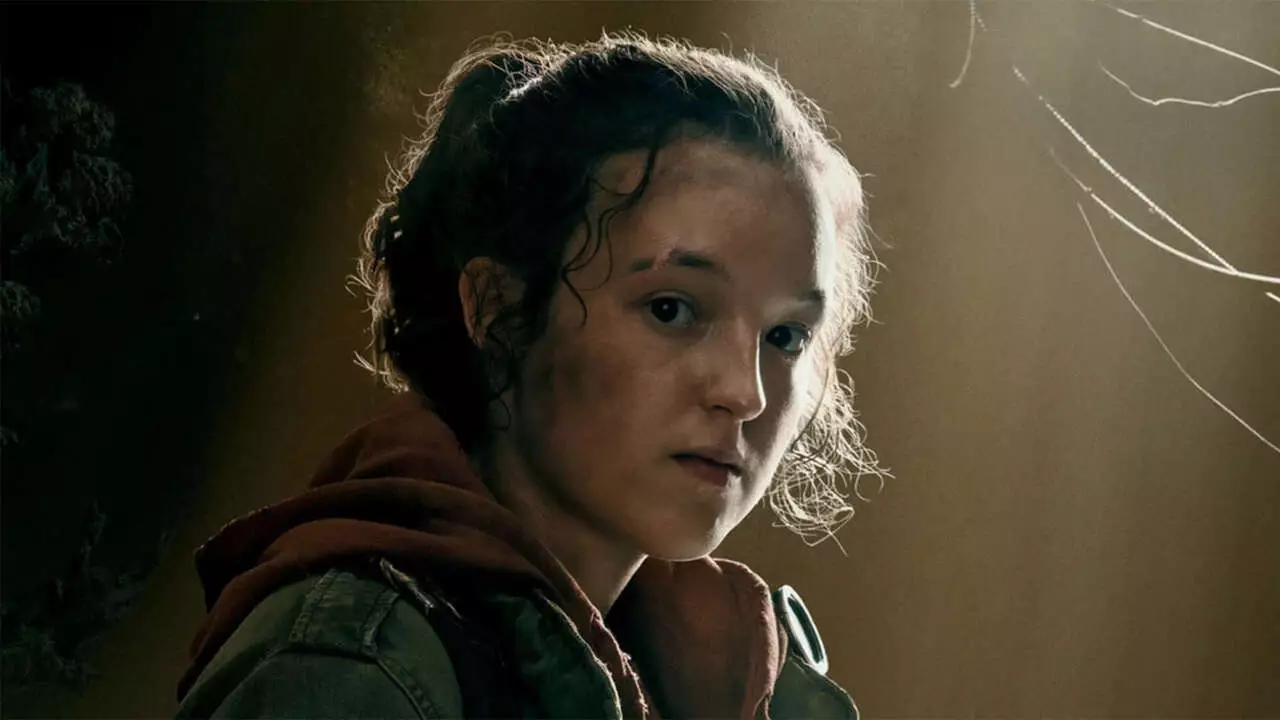The departure of Neil Druckmann from the creative helm of HBO’s “The Last of Us” marks a pivotal moment not only for the series but for its broader narrative landscape. As the co-creator of the original video game and a vital architect of the television adaptation, Druckmann’s exit invites fresh reflection on the series’ trajectory and the implications for storytelling autonomy. While his contributions have undeniably set a high bar—blending emotional depth with rich world-building—the decision underscores the relentless pursuit of growth and new horizons in the collaborative art of adaptation.
What makes Druckmann’s departure noteworthy isn’t simply the loss of his creative input but the acknowledgment of a natural, albeit complex, evolution within the franchise’s lifecycle. His focus shifting back to Naughty Dog and the development of “Intergalactic: The Heretic Prophet” signals a prioritization of original storytelling mediums and a desire to push new boundaries. It demonstrates that even in successful adaptations, the nurturing of original ideas remains paramount. This act of moving away from a beloved project suggests a healthy understanding that creative leaders must sometimes step back to allow fresh perspectives to thrive.
Implications For the Series’ Narrative Direction and Audience Expectations
One of the most anticipated changes involves the decision to switch perspectives in Season 3, moving from Ellie to Abby, portrayed by Kaitlyn Dever. This shift is not just stylistic but invites viewers into a more complex moral universe, challenging preconceived notions of heroism and villainy. It reflects a mature storytelling trend—embracing ambiguity rather than clear-cut heroes—to deepen audience engagement.
However, the change also introduces risk. The series has built a dedicated following based on Ellie’s emotional journey and raw vulnerability. Redirecting focus to Abby’s story could either broaden the narrative scope or alienate viewers attached to the original empathy-driven perspective. It is the boldness of such decisions, driven partly by Druckmann’s stepping away, that reveals a willingness to innovate and defy conventional storytelling expectations. The ongoing relationship with the audience will test whether these narrative risks translate into sustained success or engender division among passionate fans.
Moreover, the possibility of a fourth season to complete the adaptation of “The Last of Us Part II” signals an ambition to craft a comprehensive and conclusive arc. Yet, this also raises questions about how much creative control remains with HBO and whether the show can maintain the same emotional resonance without its original architect. The series’ integrity now hinges on the vision that will follow Druckmann’s departure—will it be equally compelling, or will it suffer from the absence of the original co-creator?
The Future of the Franchise: Creativity Beyond the Horizon
Neil Druckmann’s departure doesn’t spell an end but a transition. His assertion that “it’s been a creative dream to work with Neil and bring an adaptation of his brilliant work to life” underscores a mutual respect and recognition of the collaborative process. For Druckmann himself, his focus returning to game development means the franchise’s story will continue in its original media, perhaps even more impactful given his renewed focus.
This situation exemplifies a broader industry trend—where successful franchises evolve through diversification, with different creative minds taking the reins across mediums. It pushes the boundaries of storytelling, allowing for different narrative styles and artistic visions to unfold. Furthermore, it signals the importance of versatility in creative leadership; no single individual should hold a monopoly over a universe’s destiny.
As the franchise moves forward, the emphasis should perhaps shift onto cultivating fresh voices and ideas—accepting that the series, like any beloved story, must adapt to survive and flourish. Druckmann’s exit serves as a stark reminder that even successful projects are dynamic entities that require openness to change. Only then can they continue to resonate deeply with audiences, inspiring new conversations, emotional responses, and cultural relevance.
While Druckmann’s official stepping away signifies a moment of transition, it also embodies the resilience and ongoing evolution of creative storytelling. The series’ next chapters will reveal whether it can sustain its emotional impact and narrative complexity without its original visionary—a true test of adaptability and artistic courage.

